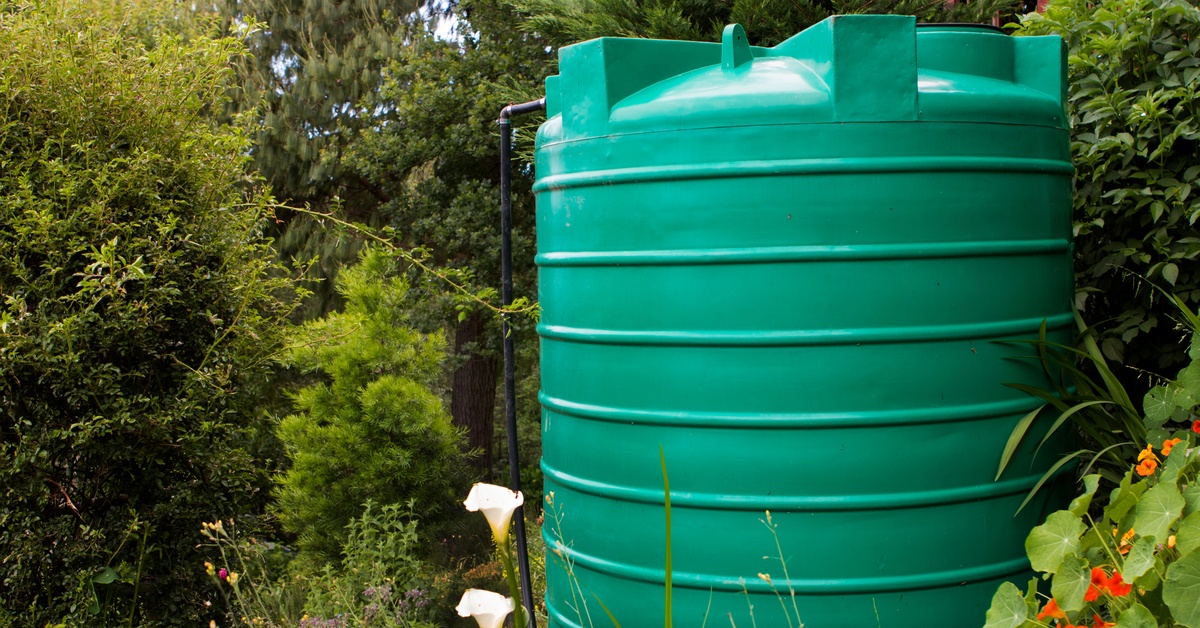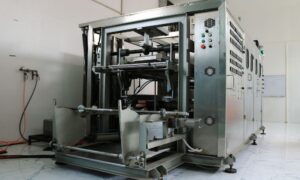Selecting the right material for custom tank manufacturing is vital for durability, cost-efficiency, and suitability for different applications. Engineers, procurement specialists, and manufacturers understand that the material choice directly affects the tank’s performance under various conditions, such as chemical exposure, temperature fluctuations, and physical stress. Choosing the best materials for custom tank manufacturing is the first step.
Choosing Materials for Custom Tanks
When choosing the best material for custom water tanks, consider corrosion resistance, chemical compatibility, temperature performance, and load-bearing capacity. The tank’s intended use—whether for storing hazardous chemicals, potable water, or food-grade liquids—also affects material selection. Using the wrong material may result in structural failure or chemical leaching, compromising safety and functionality.
Some materials offer superior properties yet have high price tags. Manufacturers need to weigh the upfront investment against long-term maintenance costs and longevity. Material availability can also affect production timelines.
Stainless Steel Tanks
Stainless steel is a popular choice for custom tanks due to its excellent corrosion resistance and strength. Professionals in food processing, pharmaceuticals, and chemical storage rely on stainless steel because of its non-reactive and hygienic surface. Due to the material’s strength, the tanks can withstand high pressure, and its temperature resistance makes it versatile.
Keep in mind that stainless steel can be more expensive than other materials. To address cost concerns, manufacturers use grades 304 or 316, depending on the required level of corrosion resistance. For example, 316 stainless steel is ideal in marine environments for its enhanced resistance to pitting and corrosion caused by chloride exposure.
Polyethylene Tanks
High-density polyethylene (HDPE) is perfect for custom tanks that store chemicals, water, and agricultural products. Its chemical resistance makes it suitable for acidic and alkaline substances, and its lightweight nature simplifies transportation and installation.
Polyethylene is more cost-effective than metals, making it ideal for manufacturers operating with tight budgets. However, its temperature tolerance is limited, so it is unsuitable for high-heat applications. UV exposure degrades its structure unless UV-stabilized grades are used.
Fiberglass Tanks
Fiberglass-reinforced plastic (FRP) combines strength and corrosion resistance, making it an excellent choice for custom tanks. Professionals in wastewater treatment and fuel storage use FRP tanks because of its chemical resistance and flexible design. Their lightweight nature reduces installation costs, while their durability enhances their lifespan.
While fiberglass tanks offer many benefits, they may not be ideal for applications requiring extreme temperature resistance or heavy loads. Manufacturing FRP tanks also require specialized processes, which may lead to longer production timelines.
Concrete Tanks
Concrete is a go-to material for large-scale, stationary tanks for water storage and septic systems. Its strength and resistance to physical stress and environmental factors, such as UV exposure, make it highly durable. Concrete tanks are reinforced with steel to handle immense weight and pressure without cracking.
While concrete tanks are incredibly durable, they are labor-intensive to install and typically site-specific. They may be unsuitable for specialized chemical storage applications due to limited flexibility.
Selecting the Right Material for Your Needs
To select the best materials for custom tank manufacturing, manufacturers and engineers must align their choices with operational needs. Stainless steel suits high-pressure, hygienic applications, and polyethylene offers cost-effective solutions. Fiberglass provides lightweight strength, and concrete is ideal for large-scale builds. Understanding each material’s strengths ensures long-lasting success.




